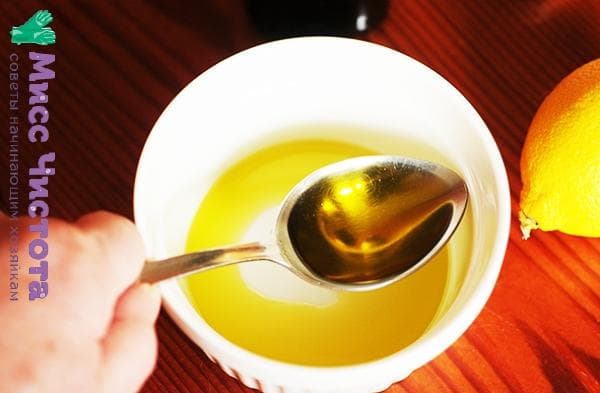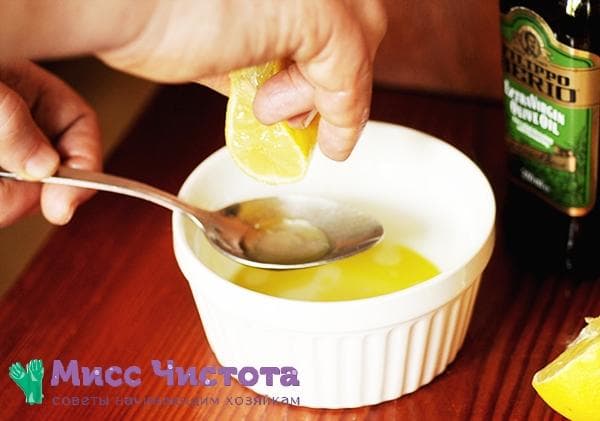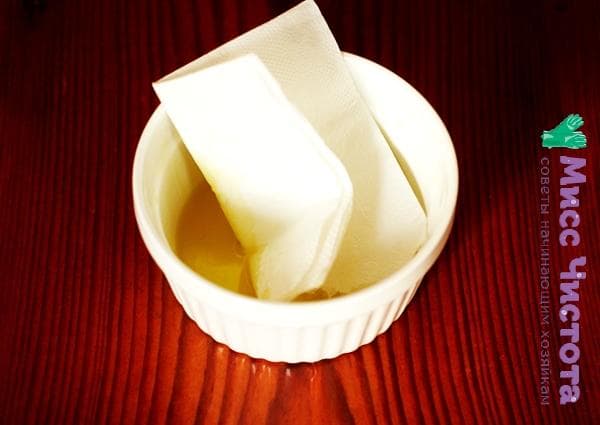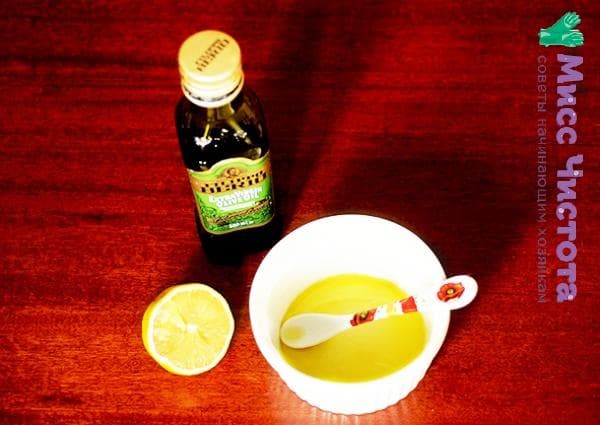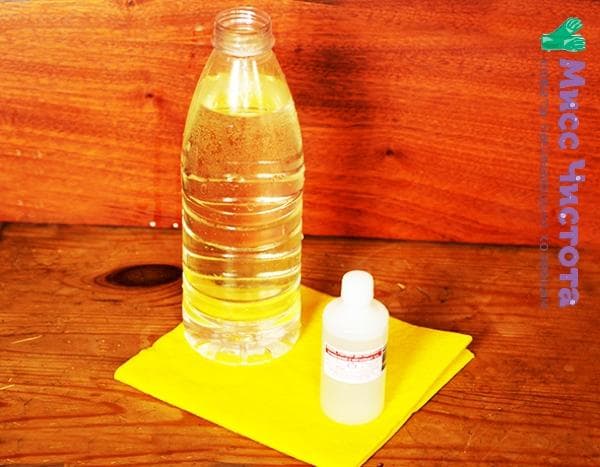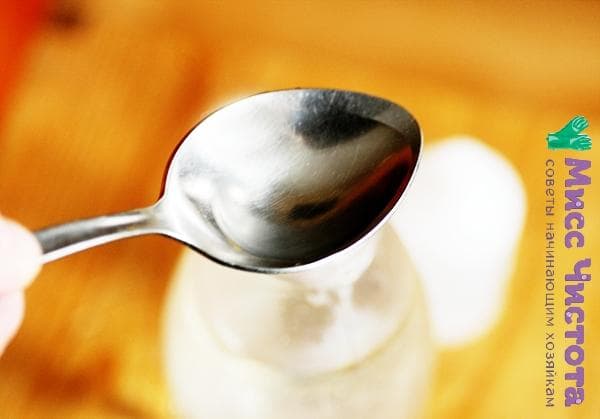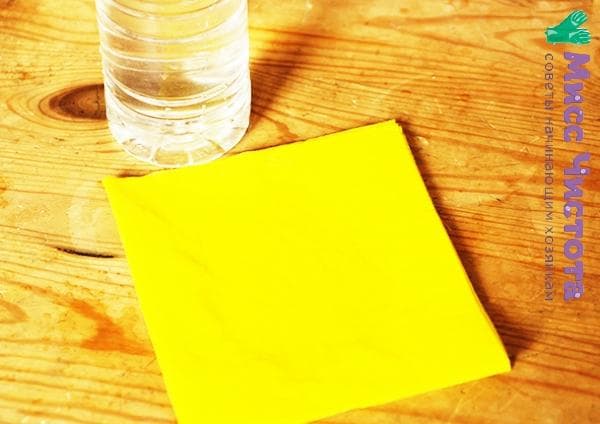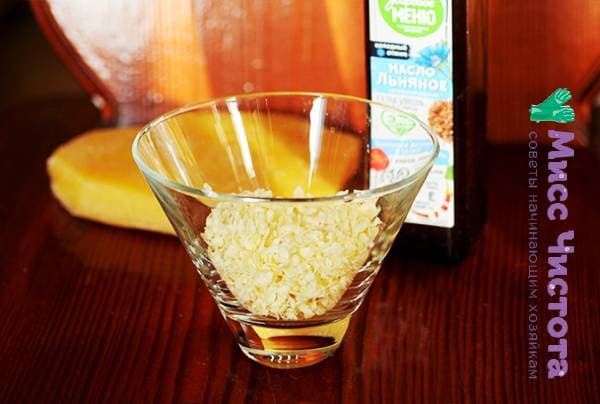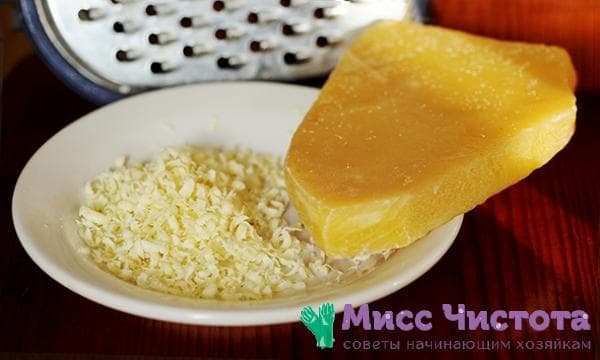The furniture will shine. Homemade furniture polish - cheap and environmentally friendly
The polish you prepare yourself will protect the furniture and restore its lost shine and luster. You will need the simplest ingredients that can be found in every home.
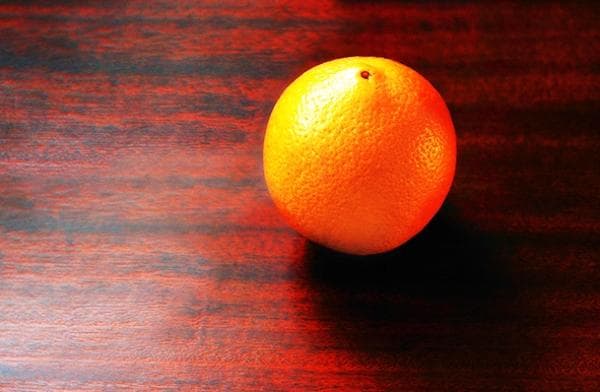
How to make lemon and olive oil polish for lacquered furniture
This polish recipe works well for lacquered furniture. It is made from olive oil and fresh lemon. “Edible” polish will clean the surface of furniture and renew the shine of the varnished surface.
- Pour two tablespoons of olive oil into a suitable container.
- Add half a tablespoon of freshly squeezed lemon juice to the olive oil.
- Mix the oil and lemon mixture thoroughly. Lemon juice will clean the wood, and the oil will give it shine.
- Before polishing, wooden furniture must be cleaned of dust and grease - this is a general rule for all types of polishing. If the surface is dirty, wipe it several times with a damp cloth. Only then start polishing. Do not spray or pour the prepared product onto a wooden surface.
- Soak a napkin or soft cloth in the oil mixture. It should be moist, but not wet. Wipe the surface of the furniture with a cloth or napkin using circular rubbing movements.
Furniture is transformed before our eyes. Its surface begins to shine. Wipe off excess oil mixture with a dry cloth or clean dry cloth.
Furniture polish with ammonia
A mixture of water and ammonia has excellent cleaning properties.This polish is suitable for countertops, kitchen facades, and any painted wooden surfaces. At the same time, this solution will have a beneficial effect on exquisite pieces of furniture made from noble species - oak, cedar, walnut. It will bring out beautiful shades of wood color.
Ammonia solution is sold in pharmacies. It's inexpensive.
It’s easy to make the mixture: add half a tablespoon of ammonia solution to a liter of water at room temperature and stir. You need to work with ammonia carefully. To avoid inhaling its pungent odor, put a mask on your face. Protect your hands with household gloves. It is convenient to store the finished solution in a wide-neck bottle with a screw cap.
Preparation procedure:
- Prepare a liter bottle of water, ammonia solution and a soft cloth. In our example, an old wooden chair and a viscose napkin were chosen for the ammonia polish.
- Pour the required amount of ammonia solution into a spoon and add it to the water bottle. Don't forget to wear a mask. Cap the bottle and shake the mixture.
- Moisten the cloth with the ammonia mixture and polish the piece of furniture in a circular motion. It is better not to use a spray bottle so that ammonia vapor does not spread into the air of the room. Carry out all manipulations with the solution with the window open.
- Rinse the contaminated napkin with tap water and re-moisten it with the ammonia mixture from the bottle. The result is pleasing - a clean surface of the chair and a pleasant shade of wood. True, such a polish does not mask cracks and scratches, but this is more related to the problem of restoration.But a home-made polish made with an ammonia solution will do a brilliant job not only on furniture, but will also add shine to a mirror, clean window glass, and dirty areas of laminate flooring.
How to make your own wax furniture polish
Beeswax is a real balm for furniture. It is so good that the wax polish is called royal.
Advantages of beeswax:
- slow oxidation – wax is stored indefinitely;
- moisture resistant, but easily soluble in oil;
- gives wood silkiness and shine, restores attractiveness;
- protects furniture from external influences;
- environmentally friendly, suitable for children's rooms:
- an alternative to expensive and chemically unsafe factory polishes with a persistent unpleasant odor.
Try making your own wax emulsion to see its amazing properties.
It is important to choose natural, high-quality wax. It is best to buy it from a beekeeper at the market.
Flaxseed oil is suitable as the second ingredient. It can be replaced with olive oil. This mixture is suitable for all types of wood.
- To prepare wax polish, take two tablespoons of crushed beeswax and 6-8 tablespoons of oil. Grate the required amount of wax on a coarse grater.
- Add linseed oil to the wax and mix.
- Melt the wax in a water bath. To do this, place a saucepan with wax and oil in a large container of hot water on the stove.
- Stir the mixture until the wax is completely dissolved.
- Cool the finished polish slightly and pour into a suitable container. It hardens quickly.
- Apply the cooled mixture to a soft cloth or viscose cloth and polish the furniture in a circular motion.After using wax polish, you can wipe it again with a dry soft cloth. The surface will become silky and shiny, small scratches will disappear.
A particularly valuable property of this home polish is its environmental friendliness and the absence of hazardous chemicals. All solutions are suitable even for a child’s room, so it’s worth spending a little time and effort to return the furniture to its ideal appearance.
